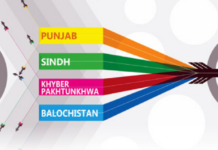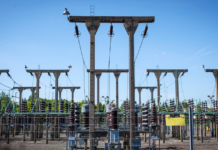Ahead of the first meeting of the 11th National Finance Commission (NFC) on August 29, the federal government and Khyber Pakhtunkhwa (KP) appear to agree on reducing the weight of population in determining provincial shares of federal resources, Dawn reported.
KP Finance Minister Muzammil Aslam said the province would push for disincentivising population and backwardness in both vertical and horizontal resource allocation.
“As much as 82 percent of resource distribution among provinces is currently based on population, and 10.6% on backwardness,” he explained at the ‘Prosper Pakistan’ conference in Peshawar, organised by the FPCCI Regional Office in collaboration with KP’s Board of Investment and Trade. “KP will advocate including prosperity and forestation alongside reducing reliance on population for allocation.”
The move could place larger provinces, Punjab and Sindh, under pressure to revise the current formula, while benefiting Balochistan, the largest but sparsely populated province. Officials said federal ministers, particularly Development Minister Ahsan Iqbal, have publicly supported reducing the emphasis on population in the NFC.
The current vertical distribution gives provinces a 57.5% share, with the remainder going to the federal government. Aslam said KP would also push for changes in horizontal distribution to ensure a more balanced allocation within provinces.
Criticising the development approach, the KP minister said projects under the National Highway Authority have largely focused on Punjab and Sindh, neglecting KP and Balochistan. He added that 12 hydropower projects under construction in KP could produce 1,000MW at an estimated cost of eight US cents per unit, but increased wheeling charges to Rs27 per unit would limit access to cheaper electricity.
Aslam also highlighted delays in projects such as the Left Bank Canal, which has not been completed in over three decades since the 1991 water apportionment accord.
Since the 7th NFC award in 2009, the provincial share increased to 57.5% and later to around 59 percent with additional allocations for KP, Balochistan, and Sindh, reducing the federal share to 42.5%.
The Centre, however, has recouped revenue through petroleum levies and cash balances from provinces, while continuing to advocate disincentivising population in future NFC formulas to account for shared responsibilities such as dams, disaster response, climate change, and national security.























